Token Burn: Pros and Cons of Token burn in an Nft Project (how it affects the market)
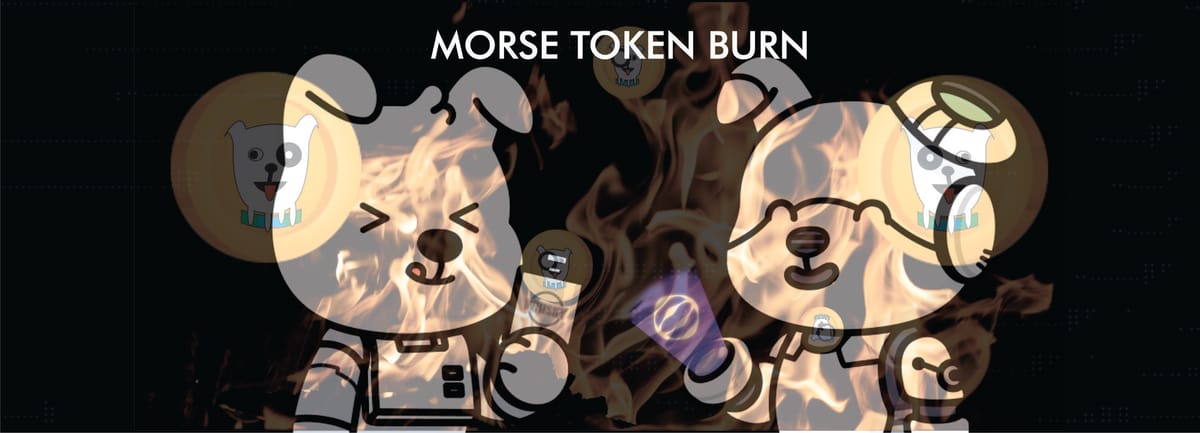
Meaning of Token burn
Token burn refers to the intentional and permanent removal of tokens from circulation, effectively reducing the total supply of a particular cryptocurrency. This process is typically executed by sending the tokens to a public address from which they cannot be retrieved, often referred to as a "burn address" or "eater address".
Purpose of Token Burn:
- Reduce Supply and Increase Scarcity: Token burns are often used as a deflationary mechanism. By reducing the circulating supply of a cryptocurrency, the remaining tokens become more scarce, which can potentially increase their value if demand remains constant or grows.
- Combat Inflation: In cases where a cryptocurrency has a high inflation rate (i.e., the token supply grows too quickly), a burn can be used to counteract the inflationary effects and maintain the value of the tokens.
- Increase Token Value: With fewer tokens in circulation, the price may rise if demand remains the same or increases, as scarcity can drive up perceived value.
- Reward the Community: Token burns can also serve as a method of indirectly rewarding long-term holders. By reducing the number of tokens available, the value of each remaining token may increase.
How It Works:
- Burn Mechanism: Token burns typically happen through smart contracts that are programmed to send tokens to a "burn address" (an address with no private keys), making the tokens vanish from circulatory supply and effectively removing them from circulation.
- Public Announcement: Token burns are often publicly announced so that users are aware of the event and can track the burn’s progress. E.g. MorseDAO announced $MORSE token burn proposal on the 17th March.
- Burn Events: Token burns can be scheduled as one-time events, periodic occurrences, or part of a regular strategy to manage the supply, Specifically, The Morse burn token proposal suggests burning 2,223 Morse tokens over a 150 days.
Example:
For example, if a project has issued 10000 tokens and decides to burn 2,223 tokens, those 2,223 tokens would be sent to a burn address and removed from circulation. This reduces the total supply of tokens to 7,777.
Who can vote “for” or “against” the Token Burn?
Morse DAO Approach
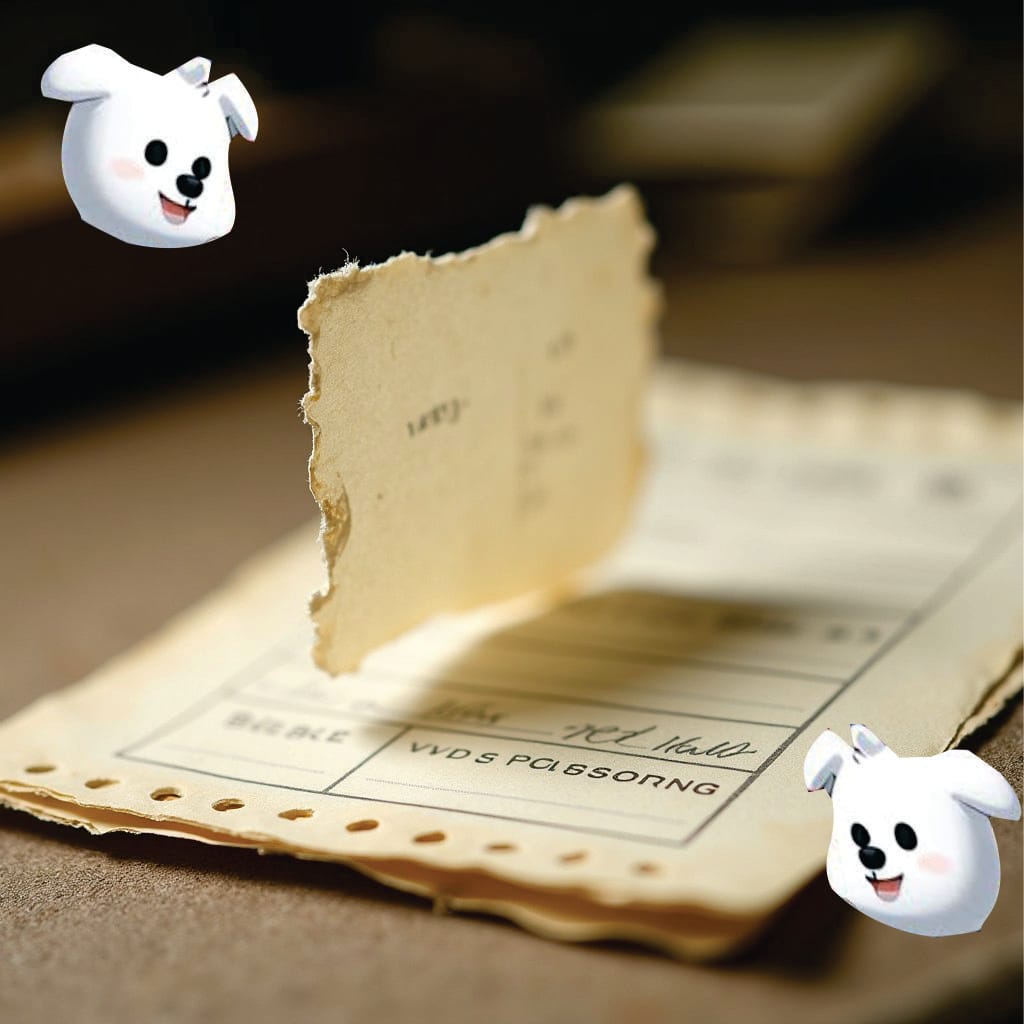
The Mitosis community has introduced the Morse DAO, a decentralized autonomous organization aimed at governing the $MORSE token ecosystem.
The proposal was submitted to the Morse Dao’s snapshot channel which allows are community members holding at least 1 Morse Nft to participate in voting process to determine the outcome of this proposal.
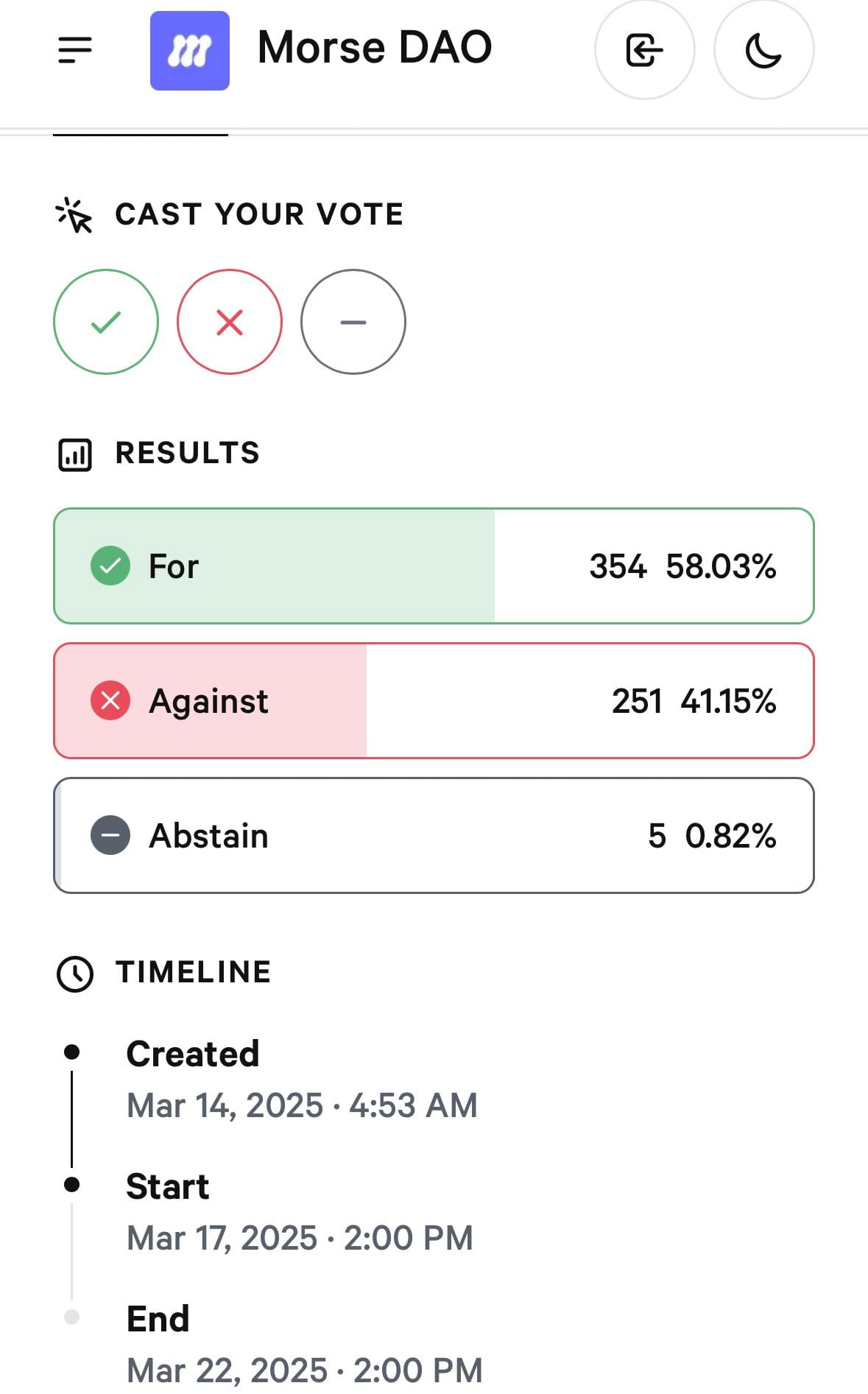
Pros of Burning Tokens in an NFT Project
1. Increased Scarcity and Value Appreciation
o Scarcity Drives Value: By reducing the supply of NFTs or tokens within the ecosystem, scarcity is introduced. This can make the remaining NFTs or tokens more valuable, especially if demand stays constant or increases.
o Higher Perceived Value: NFT collectors and investors often appreciate the rarity of an asset. Burning tokens or NFTs can create a perception of value and exclusivity, leading to potential price increases.
2. Deflationary Mechanism for Tokenomics
o Counteracting Inflation: If the NFT project involves a native utility token (e.g., for buying, staking, or participating), burning tokens can help prevent inflation by reducing the total supply over time, helping maintain or increase the token’s value.
o Promotes Long-Term Growth: Token burns can be part of a broader strategy to stabilize or grow the NFT project's ecosystem in the long term, encouraging a more sustainable market for holders.
3. Fostering Community Engagement
o Incentivizing Participation: A burn event can be used as a marketing strategy to excite the community. For example, holders may be encouraged to burn tokens or NFTs to unlock exclusive rewards or access to rare assets.
o Enhancing Community Loyalty: If the community is involved in the burn decision, it can foster a sense of participation and ownership. For example, token holders may vote on which tokens to burn, or burns could be tied to specific milestones.
4. Improving Ecosystem Sustainability
o Streamlining Token Circulation: In cases where there is an oversupply of tokens or NFTs, burning can help improve the ecosystem by keeping circulation in check and ensuring that the market is not flooded with too many low-value items.
o Increased Demand for Remaining NFTs: If tokens or NFTs are burned as part of a structured mechanism, it can make the remaining assets more desirable, especially if certain burned NFTs had utility or rare features tied to them.
5. Marketing and Hype
o Generate Buzz: Token burns can be a major marketing event for an NFT project. The promise of a burn event or a rare opportunity to participate in a burn can generate excitement, social media buzz, and increased attention from potential investors and collectors.
o Visibility and Promotion: By organizing burn events with specific goals (e.g., burning tokens to unlock new features, collaborations, or NFT drops), the project can maintain a strong level of engagement and visibility in the market.
Cons of Burning Tokens in an NFT Project
- Potentially Lower Liquidity
- Decreased Market Depth: Burning tokens or NFTs can reduce liquidity in the marketplace. If a significant number of tokens or NFTs are burned, it could make it harder for holders to buy or sell their assets without affecting the market price.
- Restricted Access to Assets: For those hoping to sell or trade tokens or NFTs, a burn could mean fewer assets are available to meet demand, potentially making it more difficult to find buyers or sellers.
- Market Volatility
- Speculative Price Movements: Token burns can lead to short-term price volatility. While some may see the burn as a positive event, others might speculate that it’s a short-term attempt to pump prices, leading to unpredictable price movements.
- Price Manipulation Concerns: If the burn is perceived as a marketing gimmick or artificial means of driving up price, it could undermine trust in the project and even be seen as market manipulation, particularly if the burn is too large or unsubstantiated.
- Disappointment or Alienation of Community Members
- Disproportionate Impact on Token Holders: If only certain holders (e.g., whales or early investors) benefit from the token burn, it could alienate smaller holders or the broader community, causing dissatisfaction or distrust in the project.
- Unwanted Burn of Useful Tokens or NFTs: If tokens or NFTs with important utility are burned, it might lead to frustration within the community, especially if those assets were seen as important for the project's use cases or future growth.
- Loss of Potential Utility
- Burning NFTs Could Limit Future Use: If the NFTs burned had utility, such as being part of a collection that could be used for future drops, rewards, or staking, burning them could reduce future potential or limit future engagement opportunities for users.
- Depleting Resources: NFTs that were supposed to represent a long-term investment or ownership might lose their value or utility if burned prematurely, leading to dissatisfaction among holders.
- Potential for Negative Regulatory Attention
- Legal Concerns: Depending on the jurisdiction, burning tokens or NFTs could raise questions about the project's compliance with securities laws, taxation regulations, or consumer protection laws, especially if it is seen as a form of price manipulation or fraud.
- Risk of Burn Event Being Seen as Fraudulent: If the burn event isn't transparent or is done in a way that could be perceived as misleading, it could attract unwanted scrutiny from regulators or potential legal challenges.
- Missed Opportunities for Alternative Strategies
- Ignoring Other Growth Methods: Relying on token burns too heavily could overlook other more effective strategies for increasing value, such as expanding token utility, introducing new features, or growing the project's ecosystem through collaborations.
- Burns May Not Address Underlying Problems: A burn event might provide temporary relief, but it doesn’t solve core issues related to market demand, tokenomics, or community engagement. The project may need to focus on more sustainable strategies for long-term success.
Conclusion
Burning tokens in an NFT project can help increase scarcity, build community excitement, and create long-term value. However, it carries risks of market volatility
While token burns can have positive effects such as increasing scarcity and boosting market sentiment, they also carry significant risks. These include potential volatility, decreased liquidity, and the possibility of diverting attention away from more sustainable solutions. It's crucial to carefully weigh the benefits and drawbacks in the context of the project’s long-term vision before moving forward with a token burn proposal.
Useful links:
mitosis forum: https://forum.mitosis.org/
Morse burn: https://forum.mitosis.org/t/morse-token-progressive-burn-proposal/2839
Twitter: mitosis.org
blog website: Mitosis blog
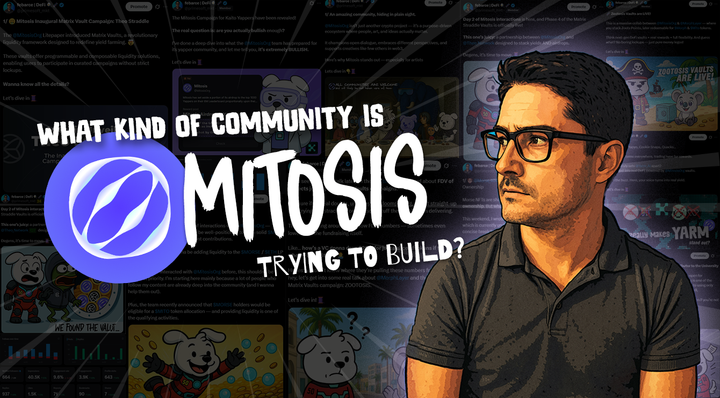
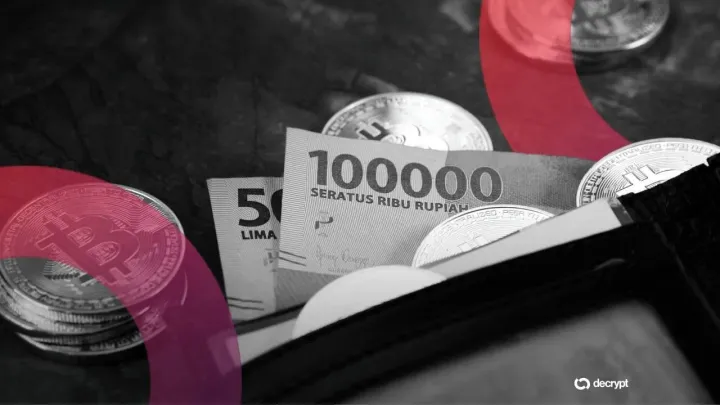
Comments ()